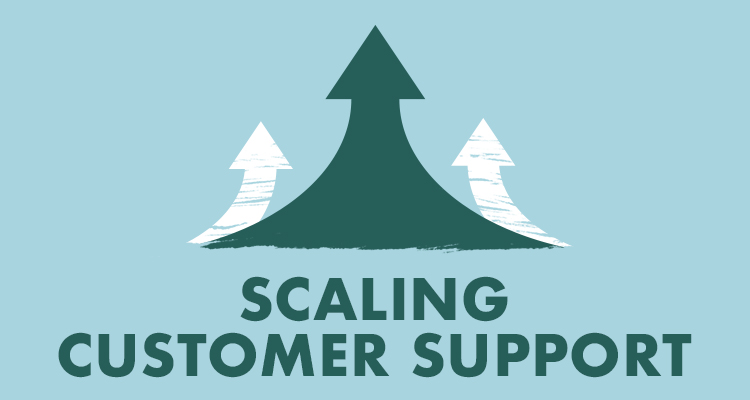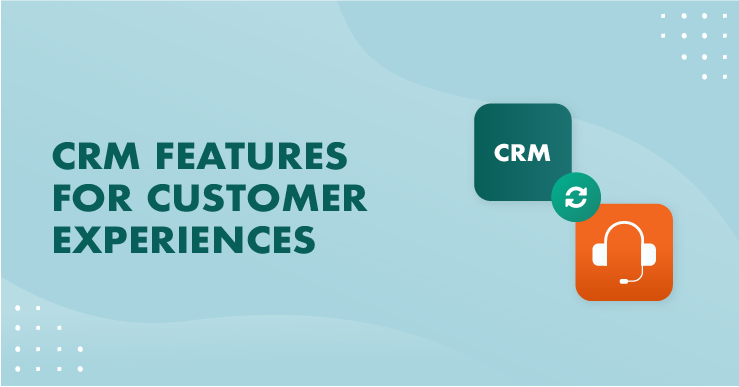Like growing children, growing companies face the same challenge – very soon they simply don’t fit in their old clothes anymore.
One of the key areas that expands for growing businesses is customer service.
You have more requests coming in and you need to address them quicker to keep your customers happy. More so, you need to stand out against the competition by providing stellar customer support (CS) to your growing customer database.
So, how do you tackle these large-scale problems? And how can technology help you turn your challenges into opportunities?
It’s a customer-centric world
Without a customer, there’s no business.
That’s why businesses – big or small – try their hardest to provide a great customer experience and service. It only takes one mistake to lose a customer, and it takes 12 positive experiences to make up for that 1 negative instance.
A study by Oracle claims that 89% of people stopped doing business with a company after a poor customer experience, and 86% of the customers are willing to pay more for better customer service.
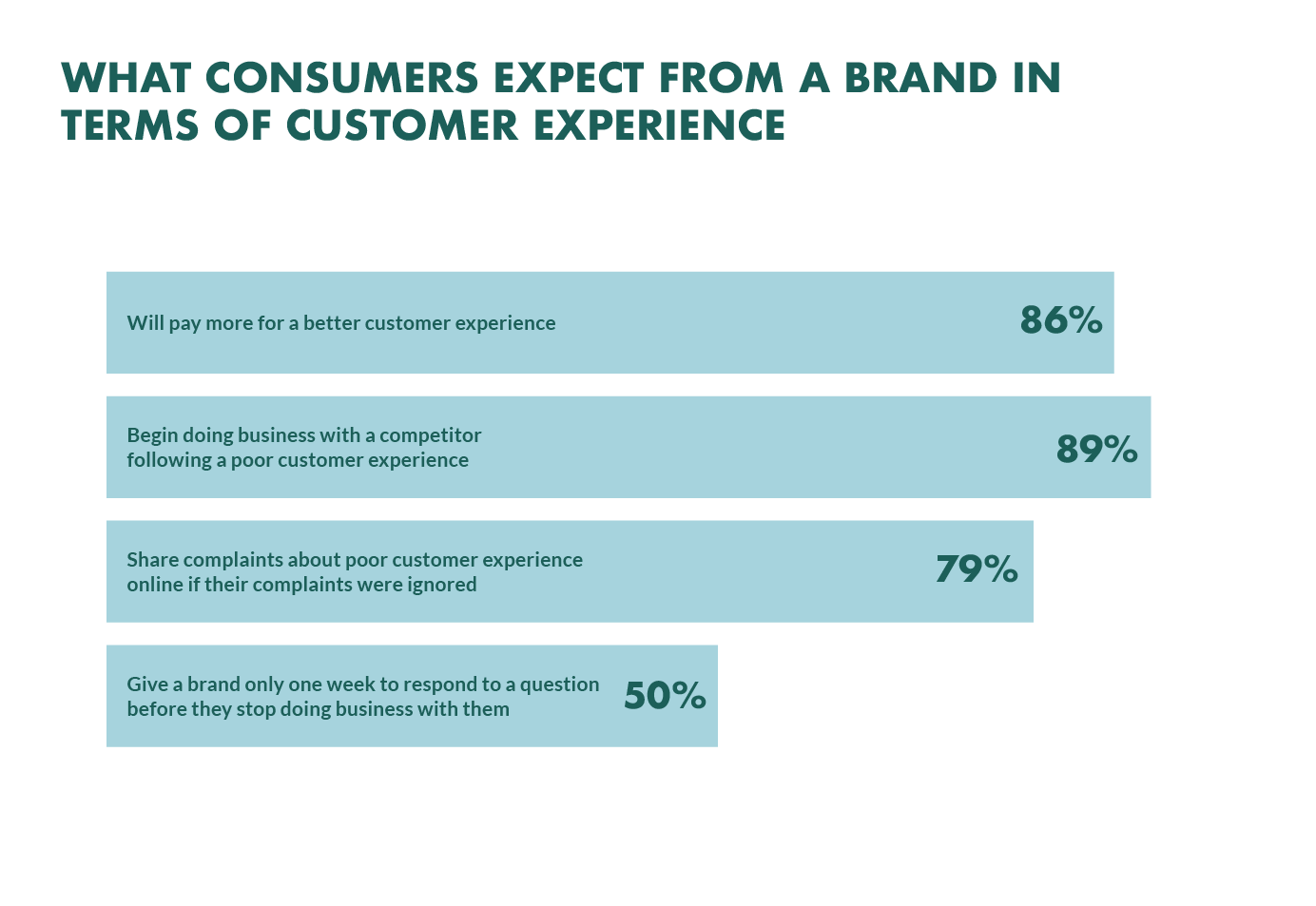
Yet, for growing businesses this issue becomes even more sensitive, because the bigger their company gets, the more (different) customers they need to satisfy.
And these customers are smarter and more vocal than ever before, as they also have more choices. They won’t settle with just “good enough” anymore. It has to be "Best in class" or they will turn their back on you.
Customer service challenge “at scale”
In the beginning, when you were a small business trying to win your place in the market, you might have received less than 20 support requests in your customer service mailbox per week.
As you’ve grown, you are likely to be receiving several hundreds (or even thousands) of enquiries, and they now come from different sources: phone, email, live chat, social media.
When you were smaller, your CS process flow looked roughly like this:
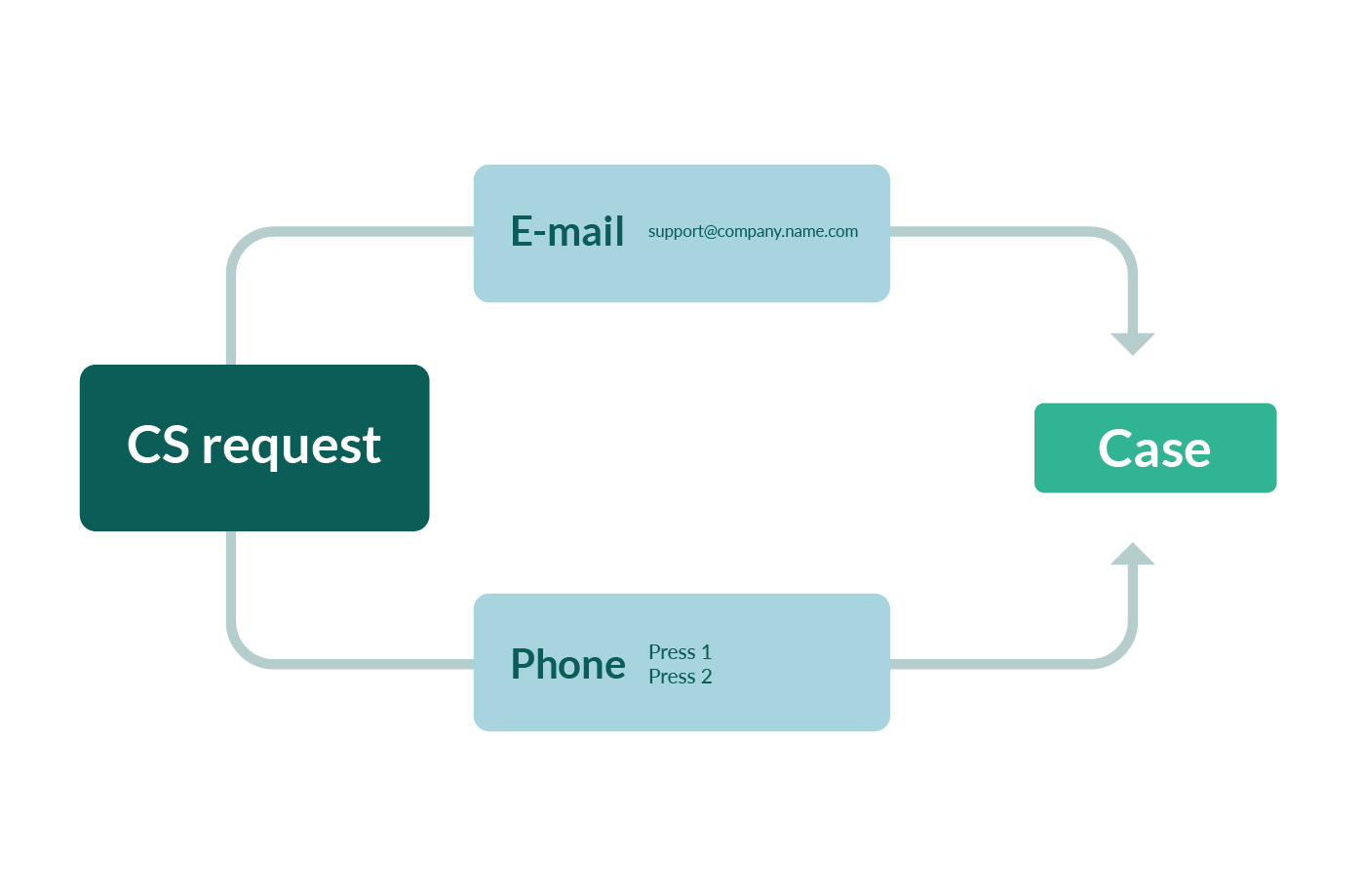
But, as the business grew, your CS process flow NOW looks something like this:
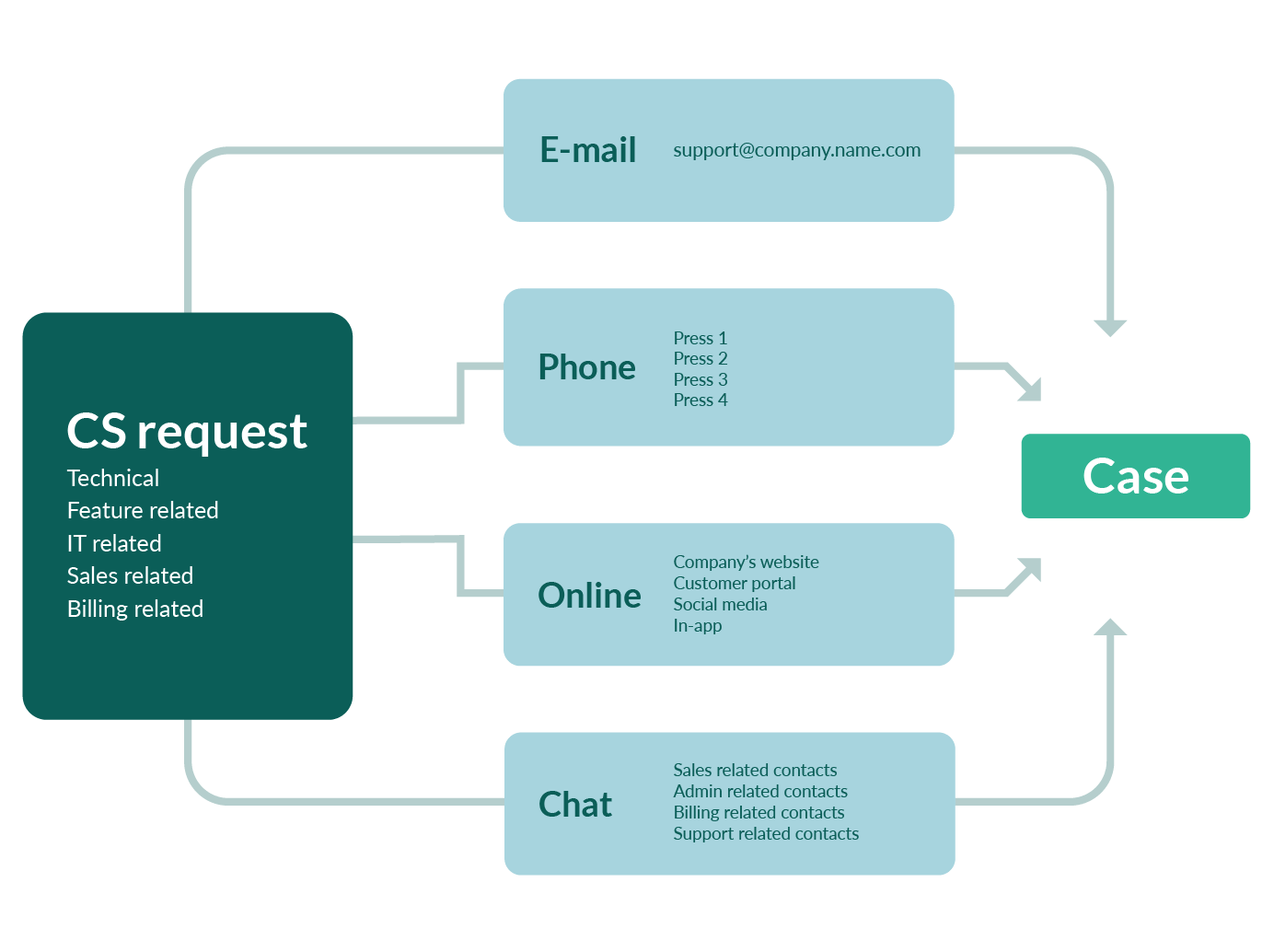
Obviously, to deal with the growing volume of requests, you now need a bigger support team. This, in turn, means that workloads increase. On top of that, your agents need to stay professional, treat each customer individually, and be able to offer quick, round-the-clock, personalized support.
Sounds like a lot more work, doesn’t it?
To get this rapidly unfolding situation under control, your CS processes need to be optimized, and probably – changed. Also, you need to find the right tools to help you scale these processes and ensure effective operations.
Great customer experience starts within
While attending to “customer-facing” processes is important, in the end – those are the internal processes of customer service that underlie and shape the overall customer experience you offer on the outside.
That’s why a business in "growth mode" should evaluate the entire customer service process flow:
- what information service agents have on a customer,
- where the bottlenecks are,
- who gets what requests and how,
- how long a customer request is (should be) processed,
- how to monitor request execution stages,
- how to allocate the right number of requests per customer service agent, etc.
To do all this, you need a little help from technology. And more specifically – you need a solution that can help you optimize and streamline your customer service processes.
9 support challenges that SuperOffice Service can solve
At SuperOffice, we've successfully scaled customer support - as our team of small team of 20 agents has handled more than 100,000 support requests, receiving an average of 96% in customer satisfaction rates.
Given our experience, we wanted to share many of the customer service challenges we faced when growing our business and show you how customer service software can help you resolve them.
It's no surprise that we use our own support system, SuperOffice Service, so I'm using these examples below so you can see how we did it.
1. Have a comprehensive overview of your customers
So, why is a CS solution the best remedy if your customer service is spiraling out of control?
A quick answer – it gives you “the big picture” of your clients.
In SuperOffice, our CS solution is connected to our CRM that comes with a wealth of relationship management features, such as collection, organization and storage all the information on your customers and prospects. This, in turn, gives you instant access to and better understanding of who they are, what they want, and what business relationship they have with your company.
This means that your company’s CS team can access any customer’s previous interactions, issues, or resolutions at a click of a button, and your customers won’t need to annoyingly repeat who they are and what they need from you all over again, which allows your CS team to help more customers in a shorter amount of time.
2. Funnel all of your CS channels into one place
When your business grows, so does your presence. You become more visible and people start approaching you via numerous and very different channels.
In this case, a CS system can do one simple, yet life-saving trick: it can capture customer enquiries from different channels, funnel them into one central place and turn them into tickets (aka ‘cases’) with unique reference numbers for your CS team to handle.
You don’t need to have separate systems or dedicated people who only service certain channels, because everything comes to and is managed in a single point of reference!
For example, SuperOffice Service is connected to the main contact CRM database helping you track and answer all customer inquiries no matter how they come in: via phone, email, chat, web forms, or social media.
3. Manage the workload and allocation of tickets
Work overload often makes customer support agents stressed and burnt out. According to a survey by Calabrio, 12% of CS agents feel stressed at their jobs all the time and 25% want to quit!
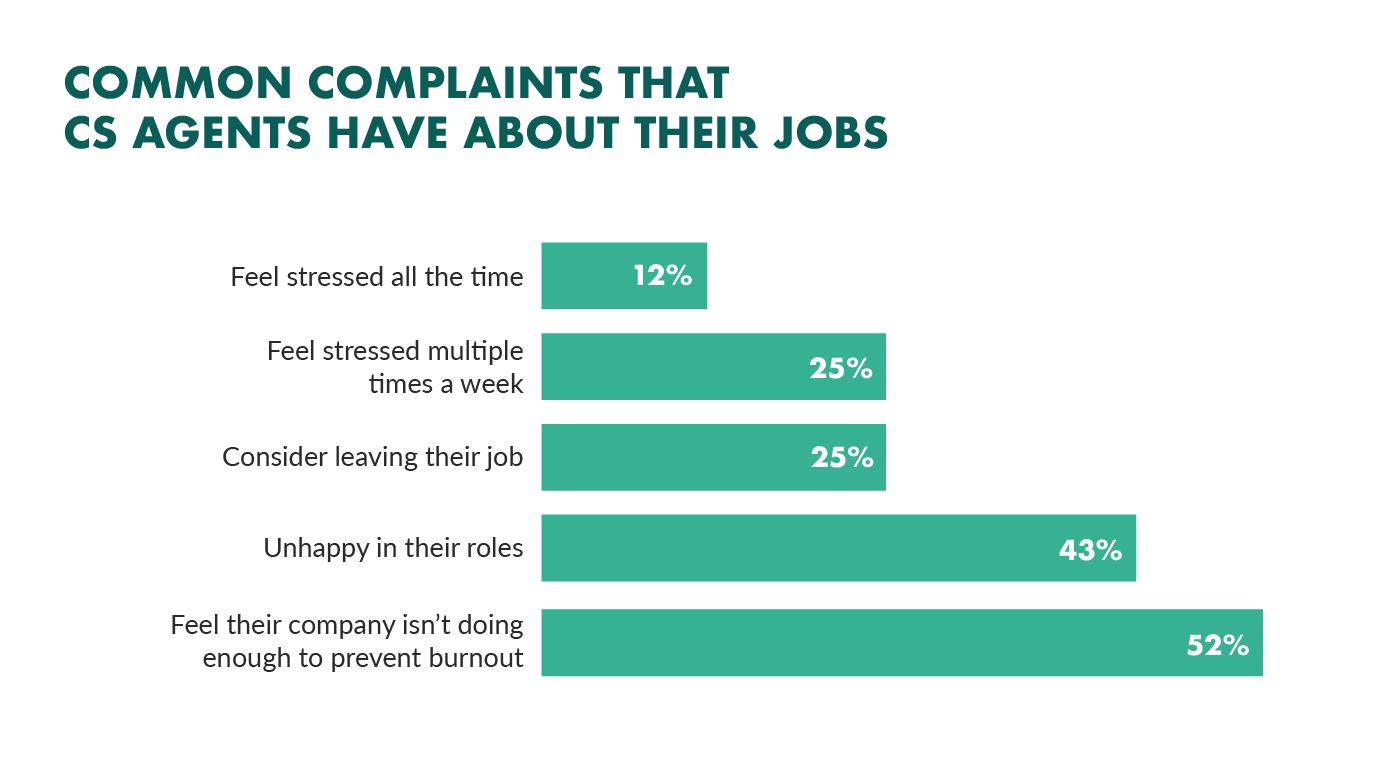
Among the most difficult challenges they single out are dealing with complex issues (56%) and sheer number of requests their get (38%).
So… if you don’t want to lose your customer support team to health disorders or resignation, a CS solution could be the answer! 💡
A CS system allows you to evenly spread the workload among agents, so that your team doesn’t get overworked. It also takes away the pain of figuring out how to assign a particular ticket to a particular CS agent.
For example, assigning tickets to the right category and the right people in SuperOffice Service can be done in different ways.
- You can create multiple email accounts to receive CS tickets about specific areas, for example: product-related, technical, billing questions, HR, IT, etc., which then are assigned to a category and a dedicated agent.
- You can configure the CS system to set up keyword filters. This way certain requests that contain keywords will be automatically routed to certain CS agents who specialize in solving such issues. For this you need scripting.
- Create different lines of support: 1st Line, 2nd Line, etc. that will serve different customers depending on either the channel the request came from or the severity of problem.
When a ticket gets in the hands of a specialist, it gets solved quicker and brings less stress for the CS agent.
4. Eliminate backlogs and speed up response times
These two notorious CS challenges (backlogs and slow response times) usually go hand in hand and get even worse when a company grows.
When customers need information, they don’t just want it fast, they want it NOW. A Forrester survey states that 41% of customers expect a response to their request within 6 hours, and almost all customers expected a response within 24 hours.
That’s why they will come knocking on each and every door to get your attention: chat, online request submission, email, phone or Twitter.
The result? You may end up with a backlog of tickets and a bunch of annoyed customers.
Again, a CS solution can help you solve these problems in a number of ways:
- Automatically escalate tickets to another line of support or alert the CS team manager, if they remain unanswered for a set amount of time.
- Use reply templates to handle frequent requests that can be answered in a systematic way. You can create a library of email templates that can be easily personalized. You can also group these templates by topics and use them to speed up your response times significantly.
- Create a macro to automate such actions as: sending replies to frequent requests, moving requests to other departments or assigning requests to your colleagues. You don’t need to have special IT knowledge to create a macro in SuperOffice Service. All you need to do is follow the logical steps and have the administrator’s rights. Watch this video to learn how to create a macro it in SuperOffice Service.
- Use Live Chat – it’s the fastest way to help a customer. This way you can solve a problem in real time, offer links to additional resources, like FAQs, videos, price lists or documents, and establish a closer (immediate) relationship with the customer.
- Group similar requests together and handle them as one. In SuperOffice Service we call it Batch management. It allows you to merge similar requests into one or use the ‘Reply to customers’ feature, where you can send the same answer or an FAQ to all selected customers.
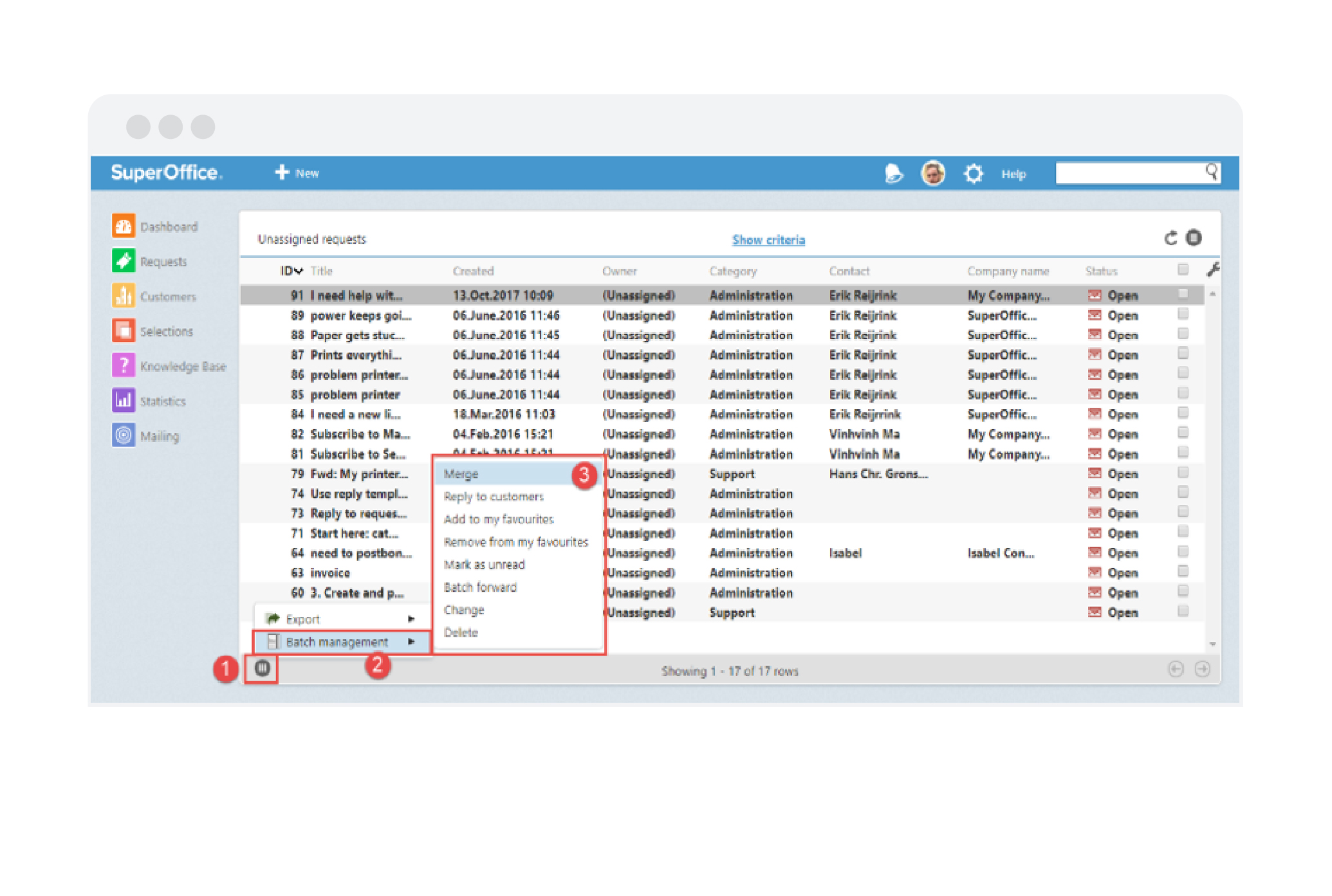
5. Stay polite and keep your customers informed
When the typical low-volume customer requests are replaced with hundreds, it’s easy to lose track of your manners.
To make sure your CS agents stay polite and never forget to say “Hello”, “Thank you” and “Goodbye” you can set up your CS solution to send out automated replies to all new requests, informing your customers that their inquiry was received and assigned a ticket number they can chase and refer to.
And after the case is solved, you can send automatic emails to inquire whether your customers were happy with the service you had offered. The best thing – it’s all automatic and you don’t have to worry!
6. Increase the value of CS agents
Not all agents (and a growing business is likely to hire a number of them) have the same capabilities and – frankly speaking – value.
The Director of SuperOffice’s Customer Experience Center, Stein Ove Sektnan shares his management trick that helps increase the value of an agent.
“Every CS manager’s main goal is to make sure no customer request is lost. And to do that, you need a strong team and a reliable request management system,” says Stein Ove.
“A good rule of thumb is to set KPIs not only for individuals, but for the teams of CS agents! This can help balance the effectiveness and motivate people more. In such a case, team members naturally realize that the more experienced agents should take more complex requests, while a newcomer is likely to handle a lower volume of tickets, and should, therefore, be given to deal with easier tickets. This way team effort and willingness to succeed are naturally boosted.”
This all can be done by customizing the CS system to allocate certain types and amount of tickets to certain agents, as well as by pulling out individual productivity reports from the CS solution.
7. Assess the efficiency of agents’ performance
In order to see whether your CS processes work or not, you need to be able to evaluate them.
For that, you need to get analytical; i.e. pull reports that shed light on the performance of your CS team and the quality of support their offer to your customers. There is a number of criteria that you may want to analyze: how long it takes for a new ticket to be picked up by an agent, how long it takes an agent to resolve a ticket, how many tickets an agent handles on average, and many more.
For example, SuperOffice Service allows managers to pull a variety of customer service reports that allow to identify trends, notice areas that need improvement or additional training of the staff, see whether your customer’s expectations are met, and plan the workload of the support team more efficiently.
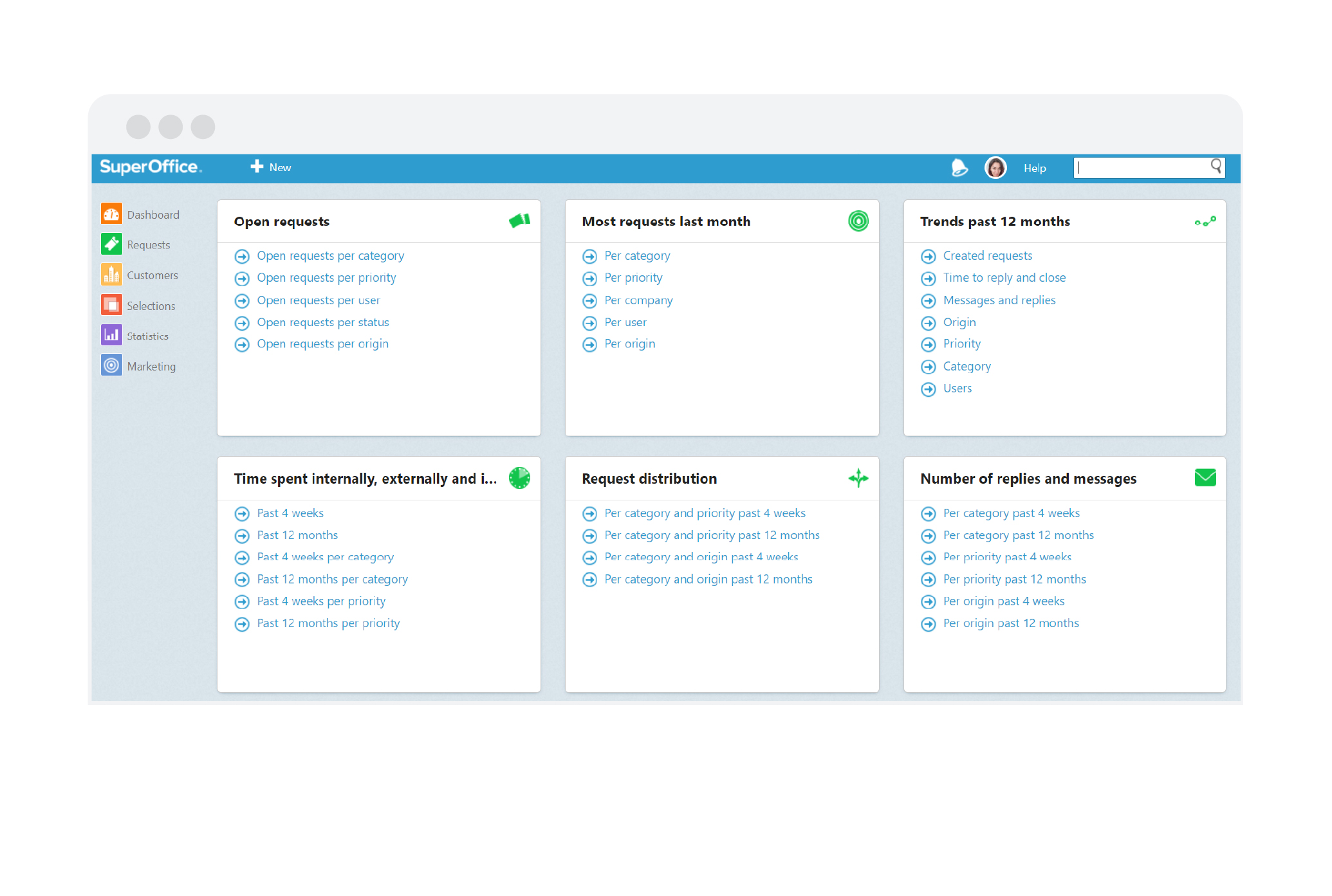
Customer service reports are designed to help CS managers assess their team and answer such questions as:
- Types of tickets: What questions are customers asking most often?
- Source of tickets: How customers are approaching you to ask for help?
- Types of customers: What types of customers are asking for help more often than others?
- Speed of response: What is our average response time and are we getting better at it?
- Resources: What type of resources are more efficient in solving CS problems: FAQs, videos, remote sessions, How-to videos, templates, etc.?
Also, having such analytics tools helps you visualize what actual experience you customers get.
8. Reduce team management costs and optimize resource planning
Finally, it’s time to talk about money!
Like everything else in business, investment in a better CS system should generate a positive ROI, right?
Here is how a fine-tuned customer service process could help you reduce expenses when paired with a CS system connected to a CRM database:
- Using a CRM system in customer service can help come up with more efficient work processes to reduce team management costs and increase revenue. You can save money on technology and reduce the Total Cost of Ownership, as you don’t need to own multiple systems. With CS + CRM, all data is organized and accessible to everyone in one system, while routine processes are automated.
- A CS solution also allows you to optimize your resource planning. For example, you can run reports to tell you how many CS requests you get on every day of the year. These statistics may show you that at certain periods you are likely to have spikes in CS-related activities. Knowing when to expect a surge of customer requests allows you to plan your resources better. This means you can allocate more people working on certain days or periods of time to make sure your customers receive timely help.
9. Justify investment in customer service to top management
Lastly, no matter what customer service process you use, it has to bring you a profit.
So, why should you invest in servicing and reducing churn? And how to convince the Board of Directors that investing in CS is a matter of business survival?
Let me run some numbers by you.
- ROI: According to Bain & Company, a mere 5% increase in customer retention rates leads to profits increase of anywhere from 25% to 95%; and companies that offer better customer experience obtain revenues between 4% and 8% above their market.
- Profit: A research claims that 55% of customers are willing to spend more money with a company that offers them a better customer experience.
- Cost: Acquiring a new customer is from 5 to 25 time more expensive than keeping a current one, claims Harvard Business Review.
- Trend: If you think that your product and its attractive price speak for themselves, according to Walker research, in 2021 customer experience will become more important for B2B consumers than price and product.
Equipped with this knowledge you can prove that some CS challenges are, in fact, opportunities in disguise.
Customer Service matters!
Big or small – customer service matters to all businesses. But it’s more likely to turn into a problem for those that grow.
When a business joins the “Big League”, the old challenges grow bigger and the new ones emerge.
As business success becomes increasingly dependent on retaining the customer, it all boils down to choosing the right tools to offer stellar customer support.
That’s why a robust CS solution integrated with a CRM system can make a big difference in how you organize and streamline your internal CS processes. Put simply – a CS software provides a technological foundation for a professional, efficient and profitable functioning of customer service.
It helps both your customers to get a better and more unified experience, and your agents to offer a stress-free, well-organized and quick professional service.
What kind of customers service challenges did you face, as your business started to grow? And what platform did you use to resolve them?
If you’d like to find out how SuperOffice Service can help you scale customer support, sign up and request a free demo today.
